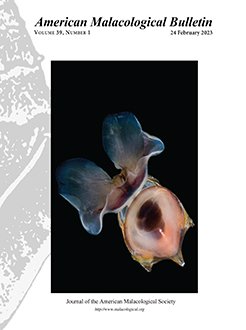The next century will be a time of rapid change for freshwater mussel populations, which will be threatened by climate change, biological invasions, new pollutants, land-use change, habitat fragmentation, and many other causes. At the same time, habitat restoration and mussel propagation will offer opportunities to improve the size and viability of mussel populations. Mussel conservationists will be challenged to document, understand, and manage these changes to mussel populations and their habitats. Here, I focus on two scientific problems central to future mussel conservation: population monitoring and dynamic lags that affect mussel populations. Although mussel population monitoring has advanced greatly in recent decades, existing programs have important shortcomings: data are hard to find, data from different monitoring programs often are incompatible, many data sets are subject to permanent loss, and monitoring programs may be ill–suited to answer the questions facing us in coming decades. Monitoring programs can be improved by posting more data in public repositories, better coordinating existing monitoring programs, designing monitoring programs to answer specific questions, and better integrating monitoring into broader programs of research and management. Many drivers that affect mussel populations take decades to play out, so that mussel populations often are not in equilibrium with their current environments, leading to extinction debts and colonization credits. Delayed inputs of sediments, nutrients, and pollutants from the catchment, long intervals between extreme events, delays in biological invasions, and the demographic structure of the mussel population itself all may cause dynamic lags. Lagged systems can be difficult to understand and manage. Increased awareness of lags, model building, model application and testing, and adaptive monitoring and management may help mussel conservationists deal with lags.
How to translate text using browser tools
28 October 2024
Better Population Monitoring and Understanding of Dynamic Lags Could Aid Freshwater Mussel Conservation
David L. Strayer
ACCESS THE FULL ARTICLE
<
Previous Article
|

American Malacological Bulletin
Vol. 40 • No. 2
October 2024
Vol. 40 • No. 2
October 2024
Data management
extinction debt
long-term studies
transient dynamics
Unionidae




